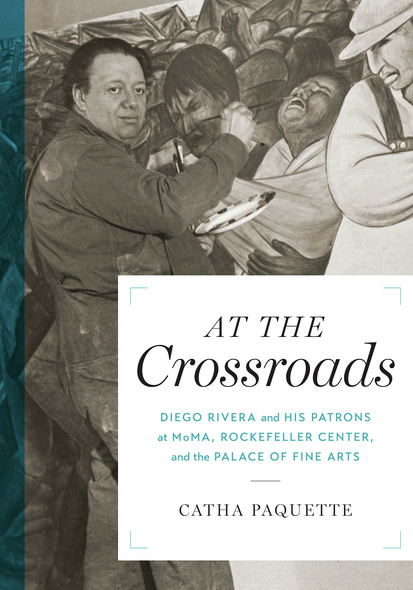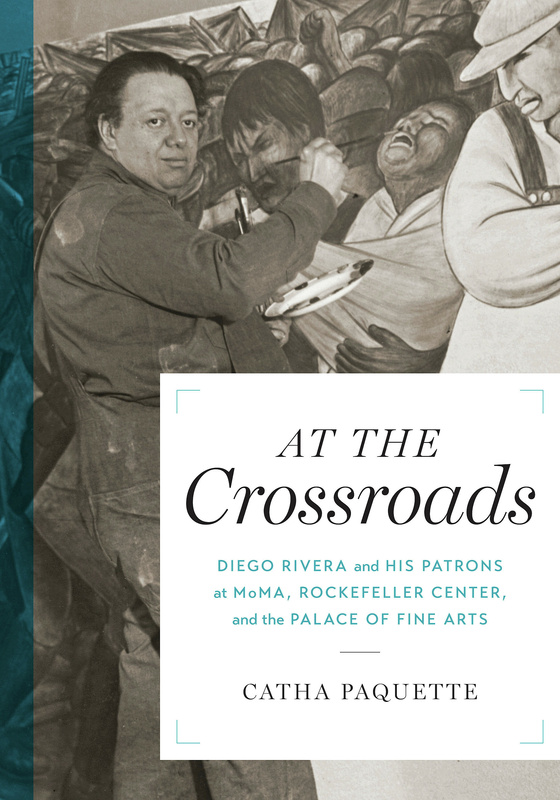At the Crossroads
Diego Rivera and his Patrons at MoMA, Rockefeller Center, and the Palace of Fine Arts
Collaborations during the Great Depression between the Mexican artist and Communist activist Diego Rivera and institutions in the United States and Mexico were fraught with risk, as the artist occasionally deviated from course, serving and then subverting his patrons. Catha Paquette investigates controversies surrounding Rivera’s retrospective at the Museum of Modern Art in New York City, his Rockefeller Center mural Man at the Crossroads, and the Mexican government’s commissioning of its reconstruction at the Palace of Fine Arts in Mexico City. She proposes that both the artist and his patrons were using art for extraordinary purposes, leveraging clarity and ambiguity to weigh in on debates concerning labor policies and speech rights; relations between the United States, Mexico, and the Soviet Union; and the viability of capitalism, communism, and socialism. Rivera and his patrons’ shared interest in images of labor—a targeted audience—made cooperative ventures possible.
In recounting Rivera’s shifts in strategy from collaboration/exploitation to antagonism/conflict, Paquette highlights the extent to which the artist was responding to politico-economic developments and facilitating alignment/realignment among leftist groups for and against Stalin. Although the artwork that resulted from these instances of patronage had the potential to serve conflicting purposes, Rivera’s images and the protests that followed the destruction of the Rockefeller Center mural were integral to a surge in oppositional expression that effected significant policy changes in the United States and Mexico.
Paquette's tight focus constructs a richly archival social history of one of the most famous works of Mexican art executed by one of its most canonical artists.
A strongly supported, clearly written account that brings together the views of previous authors which [Paquette] uses as a springboard for her own.
Paquette's microhistorical approach, attention to detail, and, most importantly, sensitivity to the nuance and instability of discourse in concept, word, and image make At the Crossroads an innovative and very welcome addition to the scholarly literature on Rivera, the Mexican mural movement, art and politics in the 1930s, and US-Mexican relations.
The commissioning and censorship of Rivera by the Rockefellers in the 1930s is a well-known episode in American art history, and much has been written about it. And yet, the story has become somewhat simplistic. Paquette’s book enriches the story and reveals that, in order to understand this episode in American art history, we need to consider more than simplistic or Manichean conceptions of good socialist art versus bad capitalist patron. No one else has gone into such rich depth in their analysis of either the mural or the relevant contexts in which its meaning was debated, shaped, and determined. I believe this book will have a wide readership within and beyond academic audiences.





